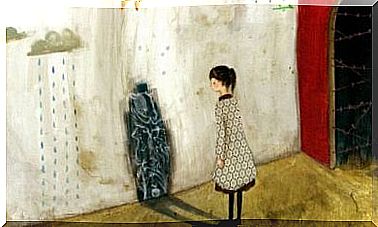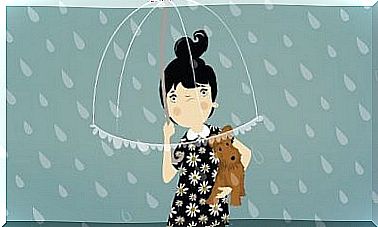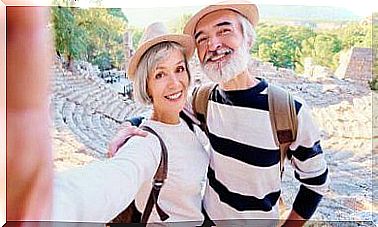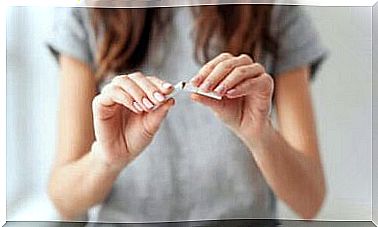The Place Method: A Great Mnemonic

The place method is an age-old mnemo technique. This is a technique where we can teach ourselves to not only store memories, but also to recall them.
The place method is based on the idea that our brain associates certain data with certain places, routes or other movements. This fact can be used to learn how we can effectively recall our memories at a later time!
This technique may seem quite simple at first. However, the simplest things are often the most effective. In some cases, they can also use our brain plasticity as a result. Brain plasticity includes the adaptability of our brain: certain parts of the brain can take over the functions of other parts and support each other.
The Radboud University in Nijmegen demonstrated by means of electromagnetic tests that a mnemo technique was particularly effective. This technique was based on the place method.
Boris Nikolai Konrad was one of the participants of this study. This young neuroscientist is a world champion in memory sports. He’s been using the place method all his life. He is currently affiliated with the Donders Institute of the Radboud University in Nijmegen.
Here he gives workshops and lectures to people who are also interested in mnemo techniques. He teaches people, among other things, how they can use the place method themselves and how this can change the brain.
The place method is easy and effective and above all it enables us to remember certain data better. Plus, it improves our brain plasticity!
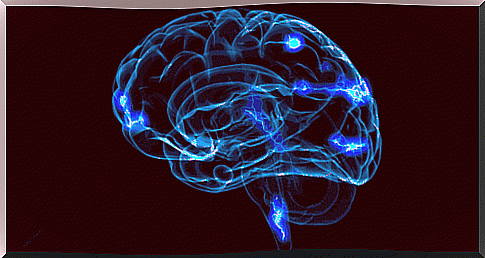
The method of placement and spatial memory
As we mentioned above, the placement method is a very old technique. Its development is attributed to the Greek lyre poet Simonides (556 – 468 BC) .
He almost unconsciously employed a mnemonic strategy that would later become the basis of works such as Cicero’s Rhetorica ad Herennium (or Cornificius, this is uncertain) and Cicero’s De Oratore .
It is believed that Simonides was invited to deliver a poetic lecture in Thessaly, Greece. At one point during this event, he was taken aside by one of the servants. He then gave him a message on paper.
The lyre poet went out with this message to read it in public when suddenly a huge uproar arose. The palace he went into collapsed!
There were several casualties. The occasion turned into a total disaster. The violence of the blow made it impossible to recognize the victims, but Simonides approached the doctors to ask them not to put the bodies away yet.
The lyre poet was able to identify each victim by remembering where they went as he gave his reading.
This effective strategy was later called the method of place , or the method of loci . “Loci” stands for “place” in Latin.
The art of placing memories in specific spaces
Many of us have been practicing this technique for years without realizing how powerful it is.
- For example, when you make a shopping list, you can better remember what you need by imagining that you are walking through the store. Walk through each aisle and look at every shelf you come across.
- Likewise, each student is able to remember specific things during a test by remembering where they studied the relevant information.
These examples encourage us to further explore and master this handy technique. It is apparently very useful to connect one kind of information to another kind.
However, you will have to force your brain to do this to a certain extent. However, we must remember that we are emotional beings. As a result, our brain will amplify certain details to make meaningful memories.
Spatial memory actually activates the hippocampus. This is an interesting brain structure that is strongly associated with the creation and recall of memories. At the same time, it is part of a network of structures that are important in how we experience emotions.
Do not hesitate to create your own memory palace and store your acquired knowledge in it. You can always bring this back later with a little practice!
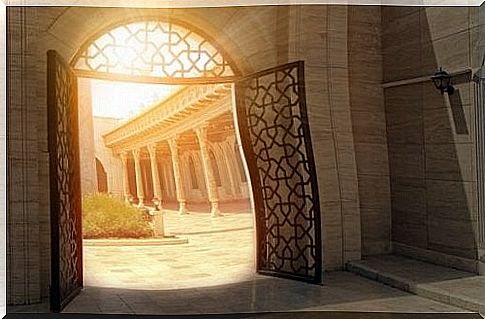
How can I apply the Placement Method in my daily life?
The greatest characters in the best-known literature often use the place method. Of course they don’t call it by this name. They just use it without consciously thinking about it. Just think of Sherlock Holmes and Hannibal Lecter. They also used the placement method very often!
Can we fit this method within our own modesty and present responsibilities? Of course we can! Following are the steps we need to follow to connect our spatial memory to our working memory and long-term memory.
The steps to apply the placement method yourself
- Choose your own mental palace. In this step you will have to bet a known spot. Think of your house, a friend’s house, your local library, a street in your city or a park.
- Design your itinerary (or route). Here you can imagine the following: I leave my room and walk down the hall. I look out the window and go to the bathroom. Then I walk to the living room where I can see the sofa, the table and the bookcase… Imagine every detail along the way.
- Now connect an object that you want to remember with every detail you have imagined. It doesn’t matter if it seems weird or even absurd. In fact, the weirder it is, the better you’ll remember it later. For example, if you’re studying laws, you can associate each law with a particular detail from your itinerary.
- Once you have connected certain information to certain things, details or corners, you go through the route again. Repeat this until everything looks familiar to you and each piece of information actually moves into its assigned place.

The placement method does not require much effort. It just takes some visualization, willpower, imagination and an ability to make connections. With this exercise, our brain will be able to perform amazing neural tasks.
It will help your memory develop further and be able to construct pathways that are full of information. Recalling memories will be faster and more effective in the long run!
